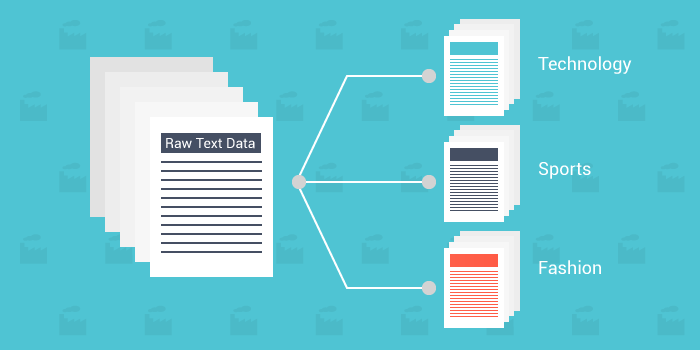AI agents are driving significant innovation in the realm of autonomous vehicles and traffic management, revolutionizing transportation with advanced capabilities in perception, decision-making, and adaptive control systems. These intelligent agents leverage machine learning, computer vision, and sensor fusion technologies to navigate complex environments, enhance safety, and optimize efficiency in both urban and highway settings. One of the primary contributions of AI in autonomous vehicles is in perception and environmental awareness. AI-powered sensors, including cameras, LiDAR, radar, and ultrasonic sensors, collect and process real-time data about the vehicle’s surroundings. Machine learning algorithms analyze this data to detect and classify objects such as pedestrians, vehicles, road signs, and obstacles, enabling autonomous vehicles to make informed decisions and navigate safely through dynamic and unpredictable traffic conditions. By continuously learning from experience and adapting to new scenarios, AI agents improve accuracy and reliability in perception tasks, ensuring robust performance in diverse driving environments.

Moreover, ai analysis enhance decision-making and planning capabilities in autonomous vehicles. These systems integrate sensor data with high-definition maps, traffic information, and predictive analytics to anticipate road conditions, plan optimal routes, and make real-time adjustments to driving strategies. AI algorithms consider factors such as traffic flow, weather conditions, pedestrian movements, and regulatory requirements to ensure efficient navigation and adherence to safety protocols. This adaptive decision-making capability enhances passenger comfort, minimizes travel time, and reduces the likelihood of accidents or traffic congestion. Furthermore, AI-driven technologies are transforming traffic management and infrastructure optimization. AI agents analyze traffic patterns, congestion data, and historical trends to predict traffic flows, optimize signal timing at intersections, and dynamically adjust routing strategies to alleviate congestion and improve overall traffic efficiency. By coordinating with connected vehicles and smart infrastructure systems, AI-powered traffic management solutions enhance transportation networks’ capacity, reliability, and sustainability while reducing environmental impact and enhancing public safety.
Additionally, AI agents play a crucial role in enhancing vehicle-to-vehicle V2V and vehicle-to-infrastructure V2I communications. AI-powered communication protocols enable autonomous vehicles to exchange real-time data, such as location, speed, and intention, with other vehicles and traffic infrastructure elements. This cooperative interaction facilitates safer lane merging, intersection management, and collision avoidance maneuvers by providing vehicles with comprehensive situational awareness and proactive decision support based on shared data and predictive analytics. Despite the transformative potential, integrating AI agents into autonomous vehicles and traffic management systems presents challenges such as regulatory compliance, cybersecurity risks, and public acceptance of autonomous technologies. Addressing these concerns through standardized protocols, robust testing frameworks, and stakeholder engagement is essential to ensuring safe and reliable deployment of AI-driven solutions in transportation infrastructure.